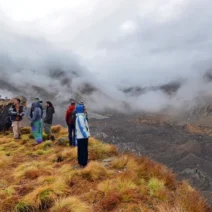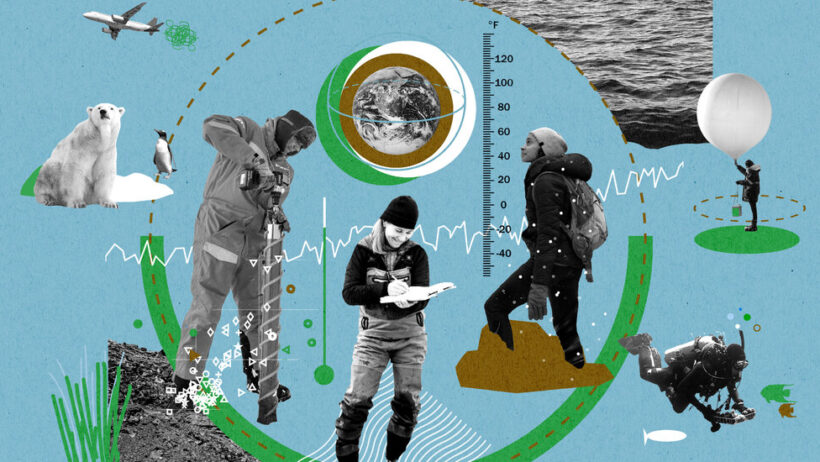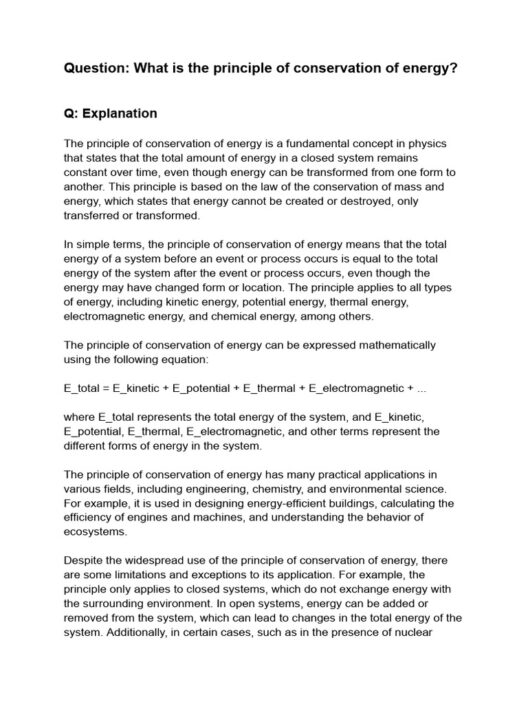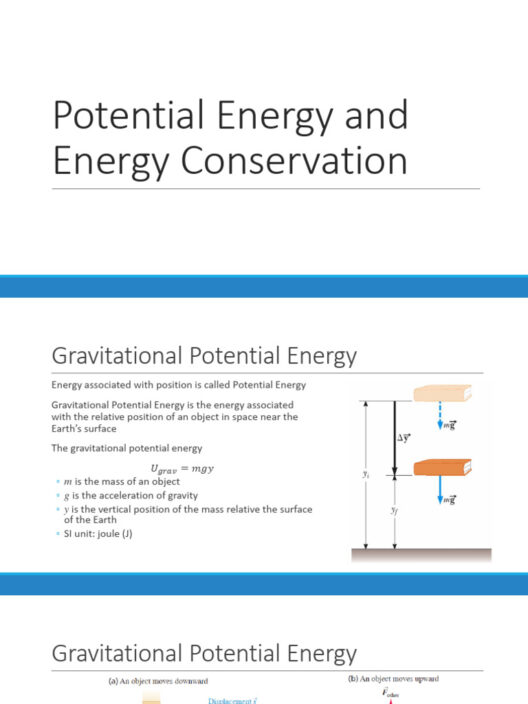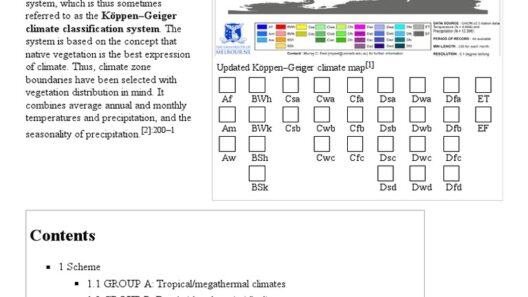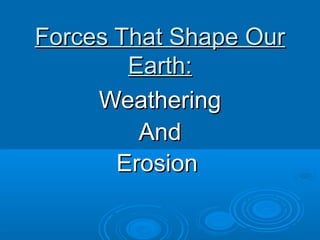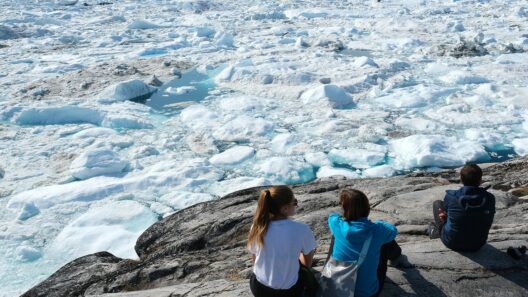The question “Can humans cause climate change?” has become one of the most pressing and polarizing queries of our time. The evidence, however, strongly supports a resounding “yes.” While the natural fluctuations of Earth’s climate are well-documented, comprehensive studies illustrate that anthropogenic activities—those stemming from human endeavors—unquestionably accelerate climate change. This phenomenon is not merely a matter of academic debate; it has profound implications for global ecosystems and human societies alike.
To grasp the complexities of climate change, one must first acknowledge its multidimensional nature. For millennia, Earth’s climate has been influenced by natural factors such as volcanic eruptions, solar radiation variations, and ocean currents. Nevertheless, the intensified warming observed in the last century correlates directly with human activities, particularly since the Industrial Revolution. The combustion of fossil fuels for energy production and transportation has released unfathomable quantities of carbon dioxide (CO2) and other greenhouse gases into the atmosphere, creating a blanket that traps heat. This concept, known as the greenhouse effect, is fundamental to understanding the relationship between human actions and climate change.
A pivotal piece of evidence supporting human contribution to climate change is the remarkable rise in atmospheric CO2 concentrations, which are unprecedented in at least the past 800,000 years. Ice core samples from Antarctica reveal that CO2 levels have surged from around 280 parts per million (ppm) pre-Industrial Revolution to over 415 ppm today. Such a rapid increase can only be attributed to human activities—predominantly the burning of fossil fuels, deforestation, and industrial processes. This alarming trend is not merely a statistical anomaly; it signifies a tangible alteration in the Earth’s climate trajectory.
Beyond carbon emissions, other greenhouse gases such as methane (CH4) and nitrous oxide (N2O) provide additional corroboration. Methane, primarily emitted from agricultural practices, landfills, and oil extraction, is over 25 times more effective than CO2 at trapping heat over a 100-year period. Despite its shorter atmospheric lifespan, its potency renders it a critical factor in global warming. The rise in methane levels, paralleling human expansion in agriculture and waste management, underscores the inextricable link between human behavior and climate dynamics.
Moreover, the scientific community has arrived at a consensus regarding climate modeling and projections. State-of-the-art climate models simulate the complex interactions within the Earth’s atmosphere, oceans, and land surfaces. These models consistently depict scenarios of escalating temperatures, rising sea levels, and increased frequency of extreme weather events due to anthropogenic influences. The consistency of these models underlines a sobering reality: if current patterns of environmental neglect persist, the repercussions will be dire.
One cannot fully appreciate the gravity of climate change without considering its far-reaching consequences. Biodiversity is already suffering as habitats are altered and species struggle to adapt to changing climates. The polar bear, for instance, faces extinction due to the diminishing Arctic ice, which is critical for its hunting grounds. Furthermore, alterations in ocean temperatures and acidity threaten marine life, disrupting ecosystems that have endured for millennia. The extinction of species is not merely a natural tragedy; it serves as an indicator of the crisis humanity has instigated.
Simultaneously, climate change poses existential threats to human societies. An increase in the frequency of extreme weather events—hurricanes, floods, and droughts—portends a landscape fraught with peril. Regions that are already vulnerable, particularly low-lying island nations and impoverished communities, are disproportionately affected. Climate-induced migration is becoming more common, with millions displaced as they flee uninhabitable conditions. The socio-economic fallout from such migrations can lead to heightened tensions and conflict over dwindling resources, exacerbating an already volatile geopolitical landscape.
Despite the overwhelming evidence of human-induced climate change, skepticism persists in various circles. This reluctance often stems from deeply entrenched ideologies, economic interests, and misinformation campaigns that seek to downplay the crisis for short-term gain. It is crucial to challenge these narratives and engage in informed discourse. Public understanding of climate science, including the role of greenhouse gases and potential solutions, must take precedence over political agendas.
Addressing climate change requires collective action on local, national, and global scales. Transitioning towards sustainable energy sources, such as wind, solar, and hydropower, is imperative. Policy frameworks must be established to reduce carbon emissions, implement energy efficiency practices, and promote conservation. Furthermore, a cultural shift toward sustainability is essential; individuals must reassess their consumption patterns and advocate for systemic change. Education and awareness campaigns should empower communities to understand their role in mitigating climate impacts.
In conclusion, the evidence that human activities are a driving force behind climate change is compelling and irrefutable. A failure to recognize this reality risks exacerbating an already critical situation. Climate change is not an isolated phenomenon; rather, it is an intricate tapestry woven from our actions, policies, and societal behaviors. The call to action is not merely an environmentalists’ plea; it is a clarion call for humanity to assume responsibility for its collective future. The choice remains clear: we either unite to confront this existential challenge or bear witness to the irreversible damage wrought by our negligence.
